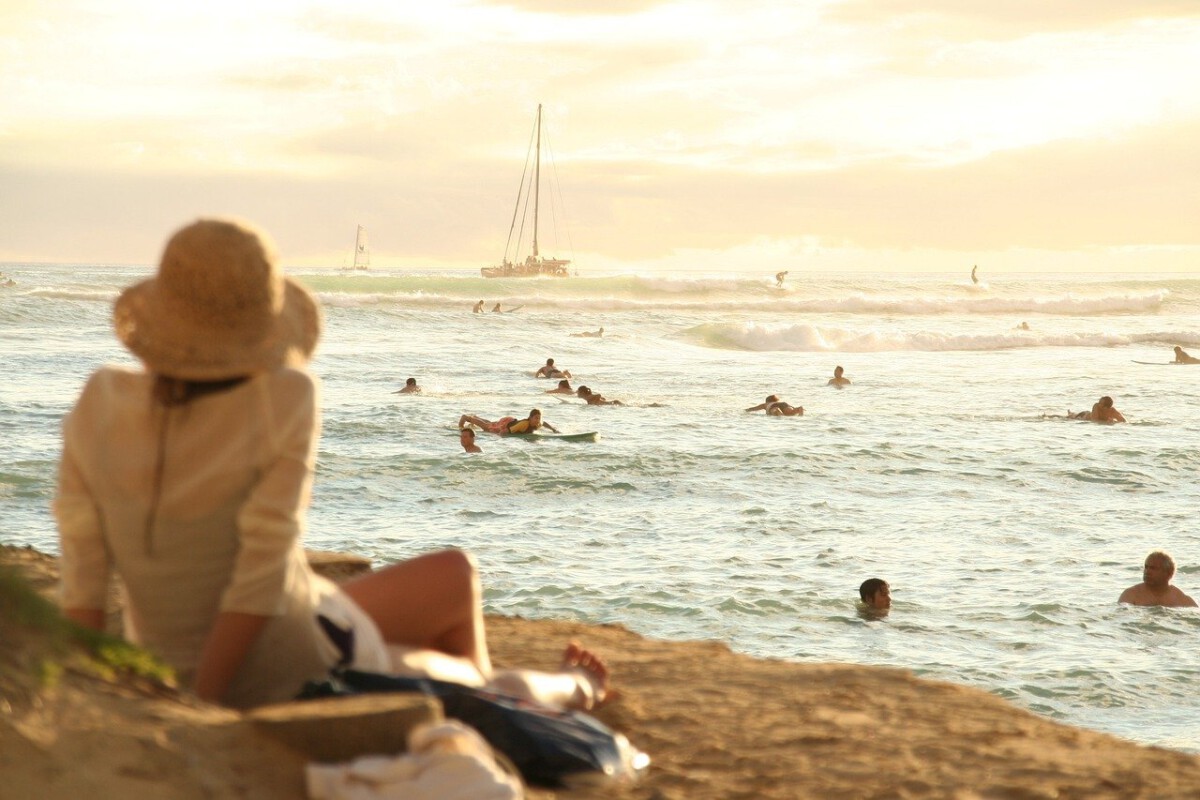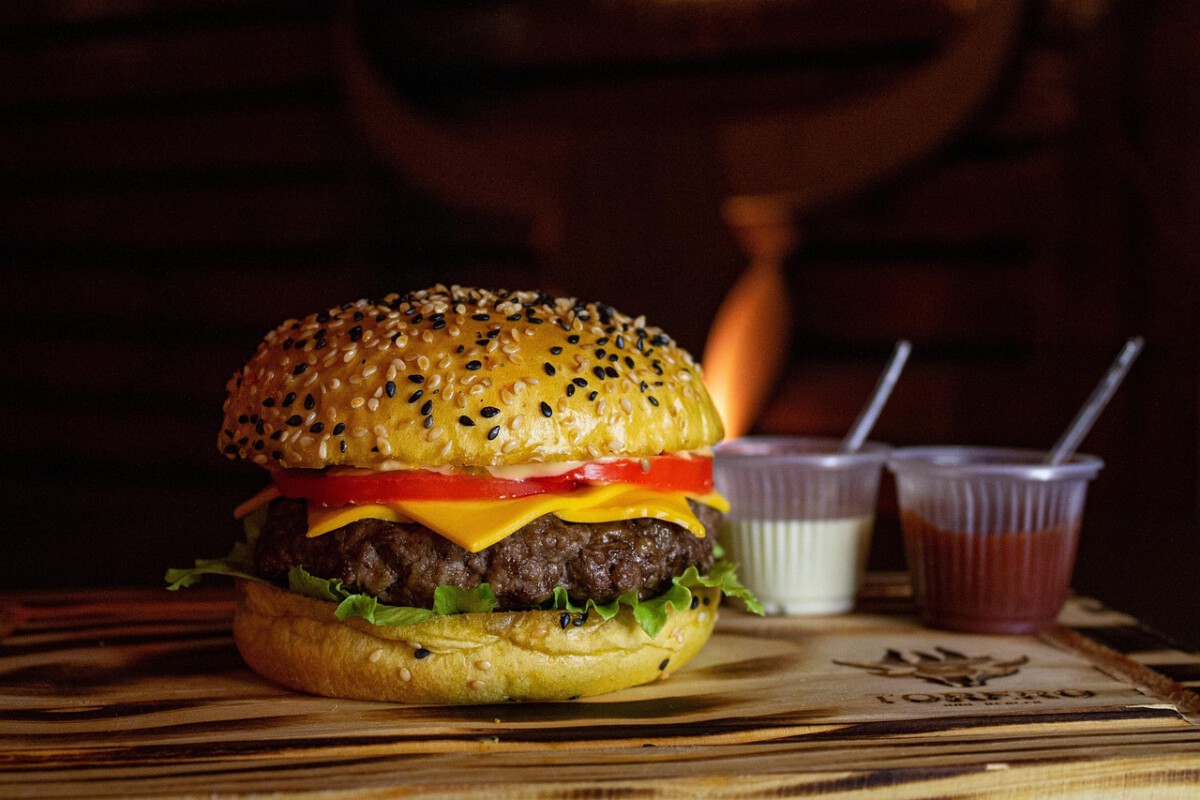The Birth of Mass Entertainment and Radio Culture

The 1920s witnessed an unprecedented explosion in mass entertainment that fundamentally changed how Americans consumed culture. Radio ownership skyrocketed from just 60,000 households in 1922 to over 10 million by 1929, creating the first truly national media phenomenon. Popular radio shows like “Amos ‘n’ Andy” reached audiences of over 40 million listeners, establishing shared cultural experiences across geographic boundaries. This new medium didn’t just entertain – it created a unified national conversation that transcended regional differences. The radio boom also launched the careers of countless performers and transformed music distribution, making stars out of musicians who might never have gained national recognition otherwise.
Jazz Music Revolutionizes American Sound
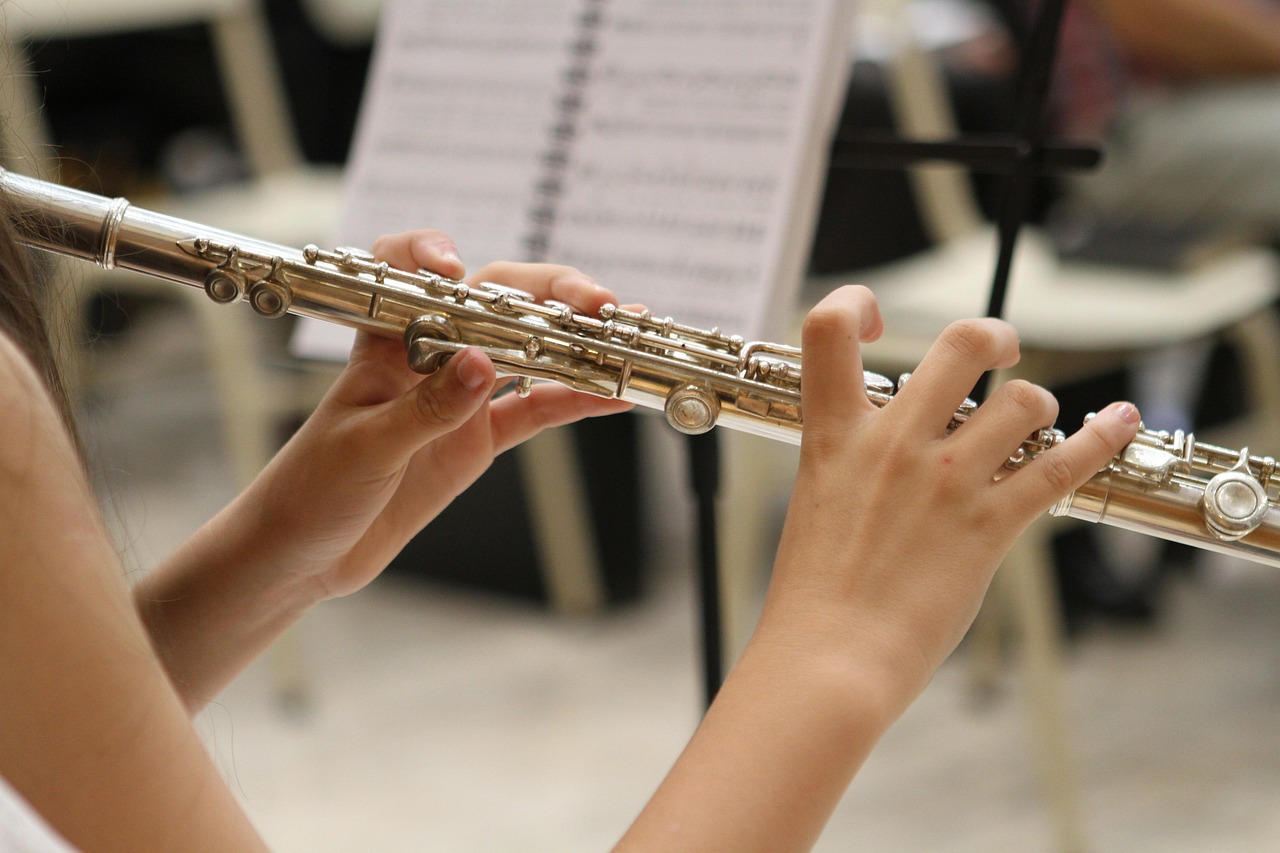
Jazz emerged from the underground clubs of New Orleans and Chicago to become the defining sound of the decade, fundamentally altering American musical culture. Artists like Louis Armstrong, Duke Ellington, and Bessie Smith didn’t just play music – they created an entirely new artistic language that celebrated improvisation and individual expression. The genre’s popularity exploded in urban centers, with Chicago alone hosting over 100 jazz clubs by 1925. Jazz represented more than entertainment; it embodied the decade’s spirit of rebellion against Victorian constraints and embraced a more liberated, spontaneous approach to art. The music’s African American origins also challenged racial boundaries, though segregation remained deeply entrenched in most venues.
Hollywood’s Golden Age Takes Center Stage
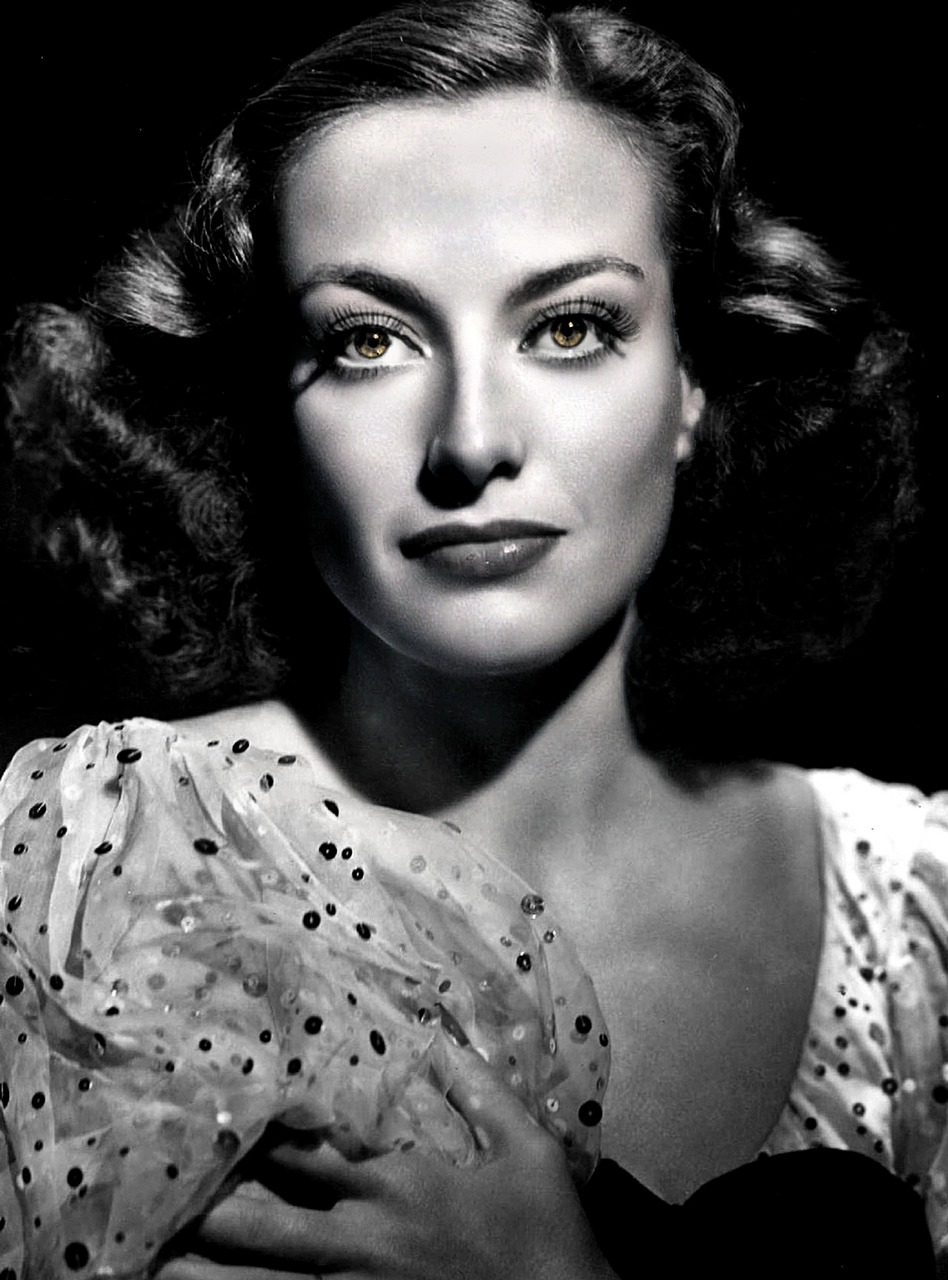
The film industry transformed from a novelty into America’s most powerful cultural force during the 1920s. Movie attendance reached an astounding 50 million tickets sold weekly by 1929, making cinema the nation’s most popular form of entertainment. Stars like Charlie Chaplin, Mary Pickford, and Rudolph Valentino became household names, earning salaries that dwarfed those of politicians and business leaders. The studio system perfected the art of creating and marketing celebrities, establishing Hollywood as the global center of film production. These movies didn’t just reflect culture – they actively shaped it, influencing fashion, behavior, and social attitudes across the country.
The Flapper Movement Redefines Women’s Liberation
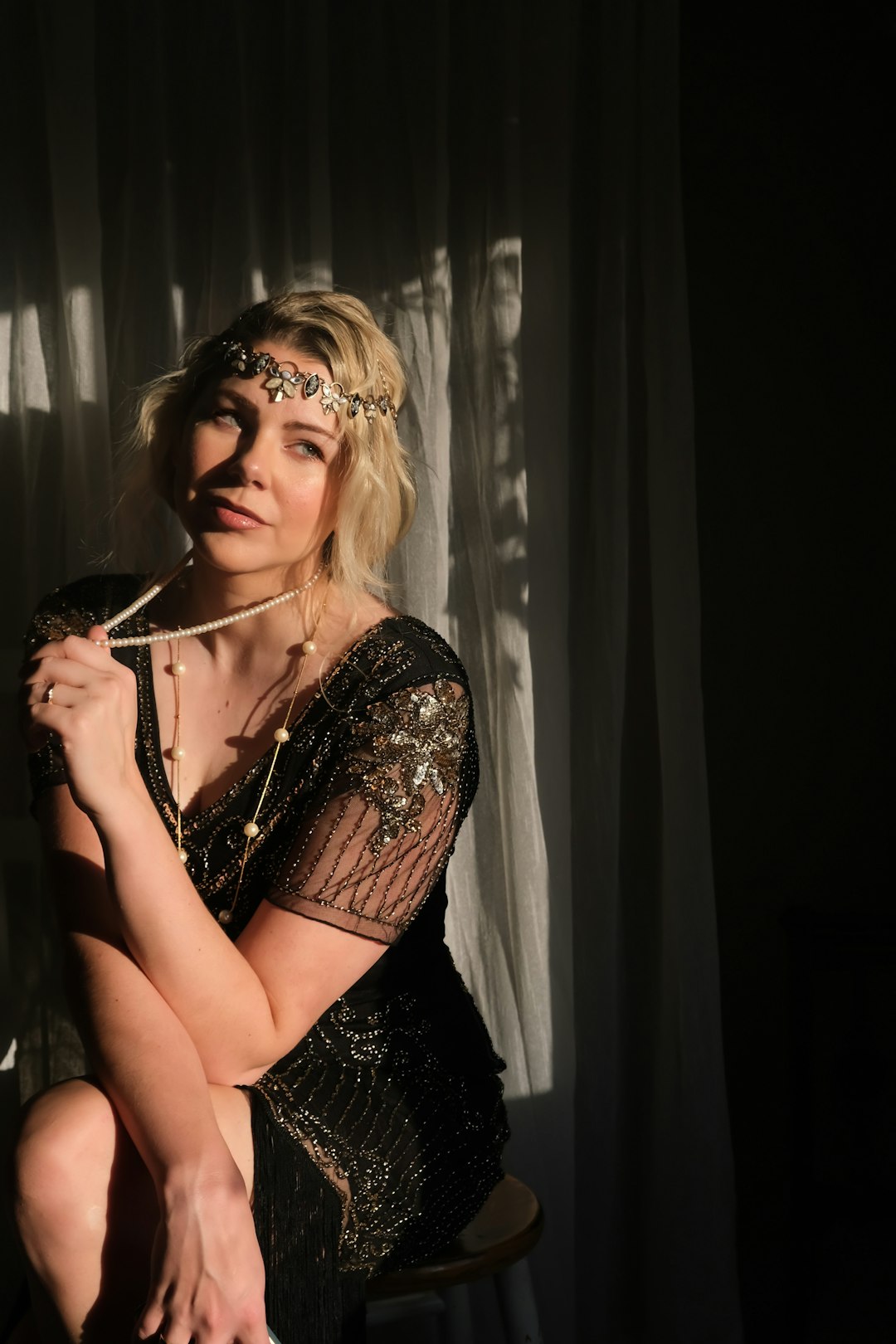
The flapper phenomenon represented a seismic shift in women’s social roles and personal freedom that shocked traditional society. Young women cut their hair into bobs, wore shorter skirts, and openly smoked and drank in public – behaviors that would have been scandalous just a decade earlier. The number of women in the workforce increased by 25% during the decade, with many entering previously male-dominated fields like journalism and advertising. Flappers challenged Victorian notions of femininity by embracing independence, sexual freedom, and economic autonomy. This cultural revolution laid crucial groundwork for future women’s rights movements, though it primarily affected middle and upper-class white women.
Consumer Culture and the Advertising Revolution
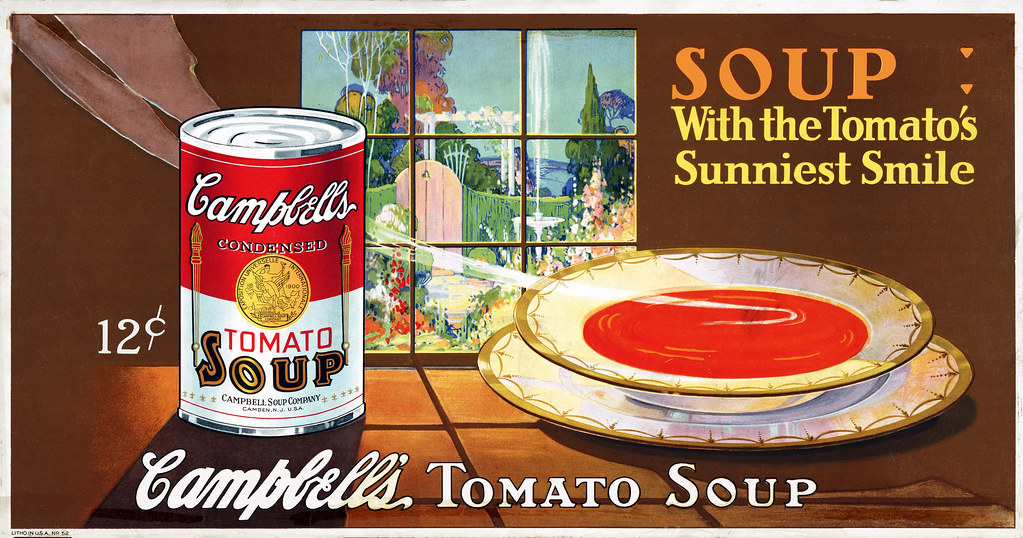
The 1920s birthed modern consumer culture through sophisticated advertising techniques that transformed how Americans related to material goods. Advertising spending increased by 400% between 1920 and 1929, as companies learned to sell dreams and lifestyle rather than just products. The concept of buying on credit became mainstream, with installment purchasing accounting for 60% of automobile sales and 80% of radio purchases by decade’s end. Department stores evolved into temples of consumption, using elaborate window displays and sales techniques to create desire for the latest fashions and gadgets. This shift fundamentally altered American values, making consumption a form of personal expression and social status.
Urban Architecture and the Skyscraper Boom
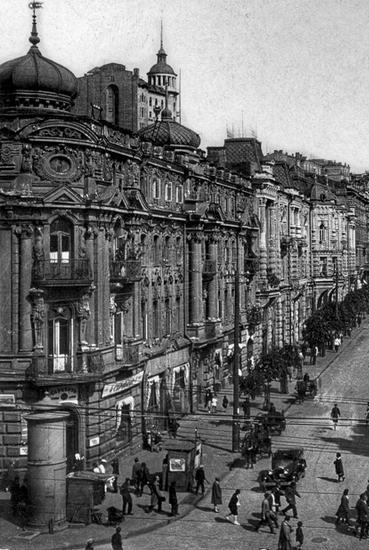
The 1920s skyline boom transformed American cities into vertical metropolises that symbolized the nation’s economic power and technological prowess. New York City alone saw the construction of over 100 skyscrapers during the decade, including iconic structures like the Chrysler Building and early plans for the Empire State Building. These architectural marvels utilized new technologies like steel frame construction and electric elevators to reach unprecedented heights. The skyscraper became a powerful symbol of American ambition and modernity, influencing urban planning concepts worldwide. Cities like Chicago, Detroit, and Los Angeles experienced similar vertical growth, fundamentally altering the American urban landscape.
Sports Heroes and the Rise of Athletic Celebrity
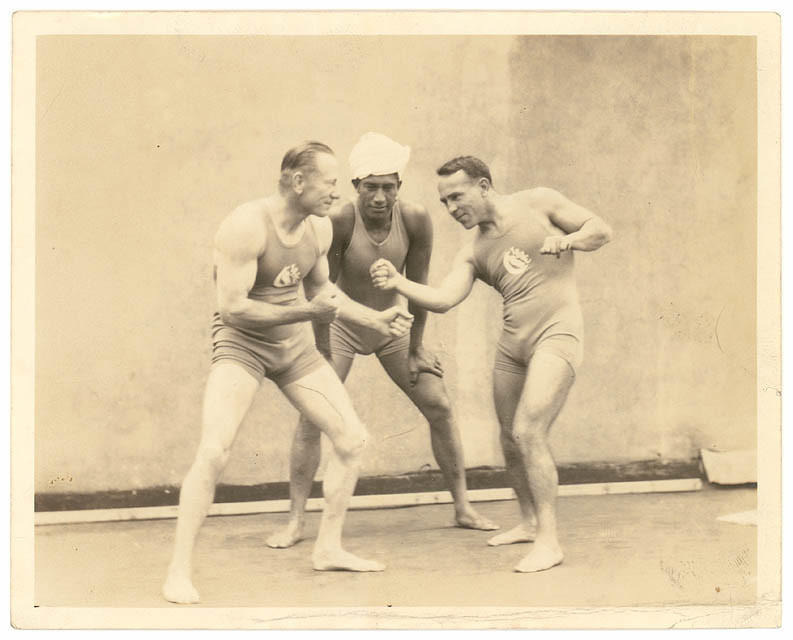
The 1920s created the modern sports celebrity through figures like Babe Ruth, Jack Dempsey, and Red Grange, who transcended their sports to become cultural icons. Baseball attendance reached record highs, with over 9 million fans attending games in 1929 alone. Babe Ruth’s salary of $80,000 in 1930 exceeded that of President Hoover, demonstrating sports’ new economic and cultural significance. Radio broadcasts of sporting events created national audiences for games, turning local contests into shared national experiences. These athletes became the first modern endorsers, lending their names to products and establishing the template for contemporary sports marketing.
The Automobile Revolution and Social Mobility
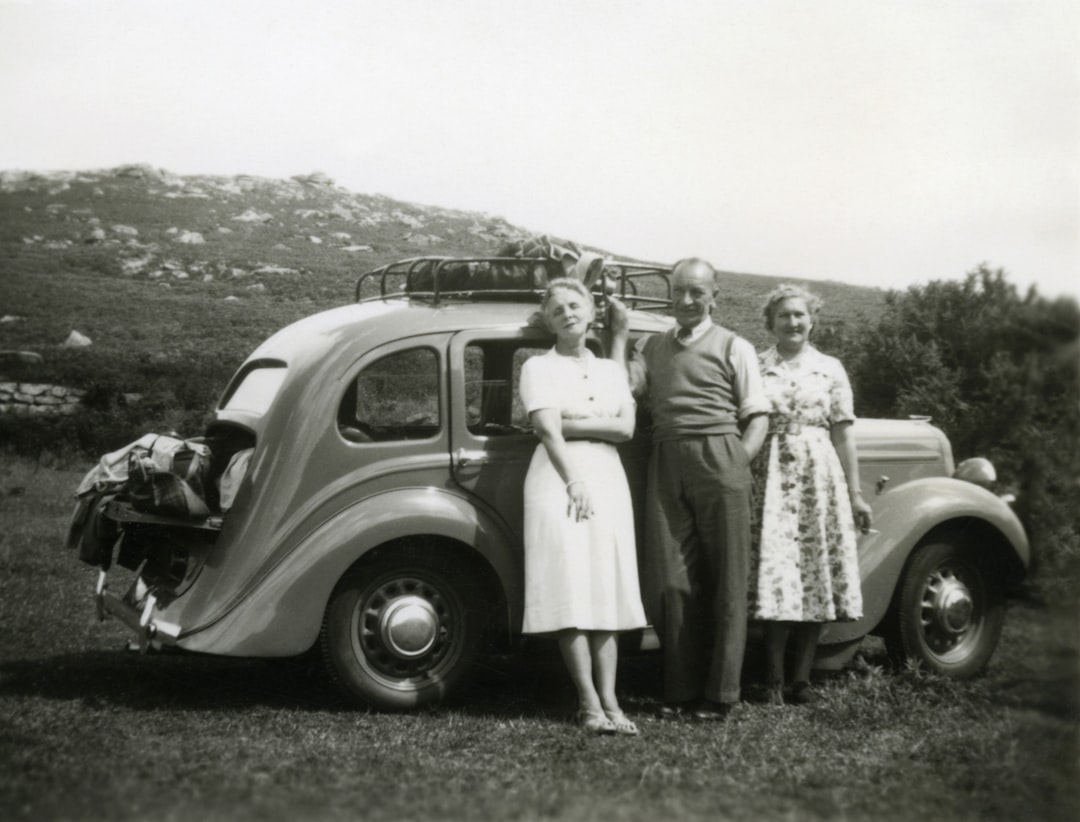
Henry Ford’s assembly line production made automobiles accessible to middle-class families, fundamentally transforming American social patterns and cultural practices. Car ownership increased from 8 million vehicles in 1920 to over 23 million by 1929, representing roughly one car for every five Americans. The automobile enabled new forms of courtship, recreation, and social interaction that horrified traditional moralists but thrilled young people. Drive-in restaurants, roadside attractions, and weekend getaways became possible, creating entirely new industries and social customs. This mobility revolution also contributed to suburban development and changed the relationship between home, work, and leisure time.
Prohibition and the Underground Economy
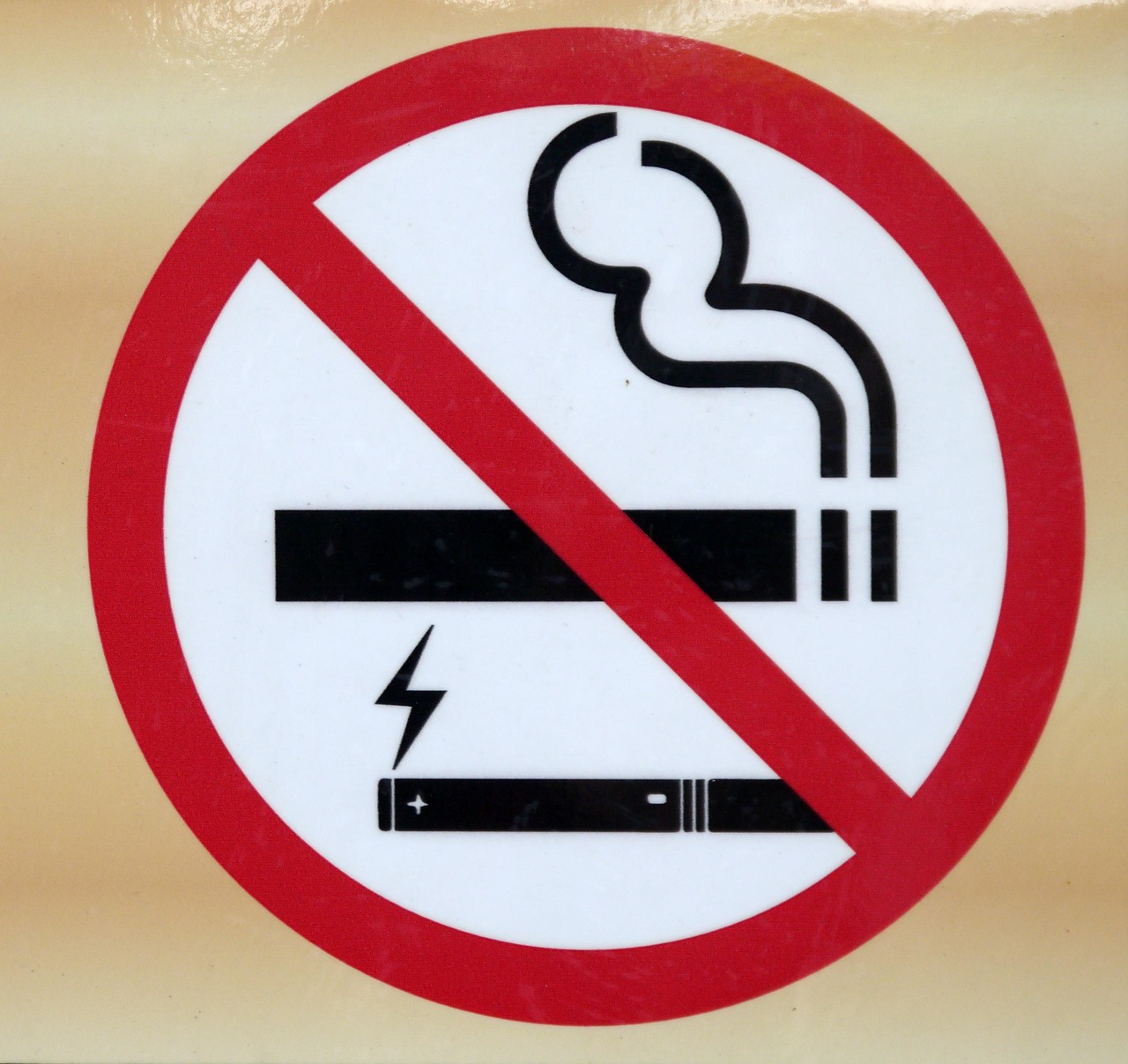
The 18th Amendment’s ban on alcohol created a massive underground economy that fundamentally altered American attitudes toward law, authority, and social norms. Speakeasies numbered in the tens of thousands in major cities, with New York alone estimated to have over 32,000 illegal drinking establishments by 1929. The illegal alcohol trade generated billions in revenue and created new forms of organized crime that persisted long after Prohibition ended. This widespread lawbreaking normalized the idea of selectively obeying laws, contributing to a more cynical view of government authority. The era’s cocktail culture and party atmosphere became synonymous with the decade’s rebellious spirit.
Literature and the Lost Generation

The 1920s literary scene produced some of America’s most influential writers, who captured the decade’s contradictions and cultural upheaval in groundbreaking works. Authors like F. Scott Fitzgerald, Ernest Hemingway, and Sinclair Lewis created novels that examined the emptiness behind the era’s material prosperity. “The Great Gatsby” sold modestly during the decade but later became recognized as the quintessential portrait of 1920s excess and disillusionment. These writers often lived as expatriates in Paris, viewing American culture from a critical distance that sharpened their observations. Their work established new literary techniques and themes that influenced generations of writers and shaped how Americans understood their own society.
Dance Crazes and Social Liberation
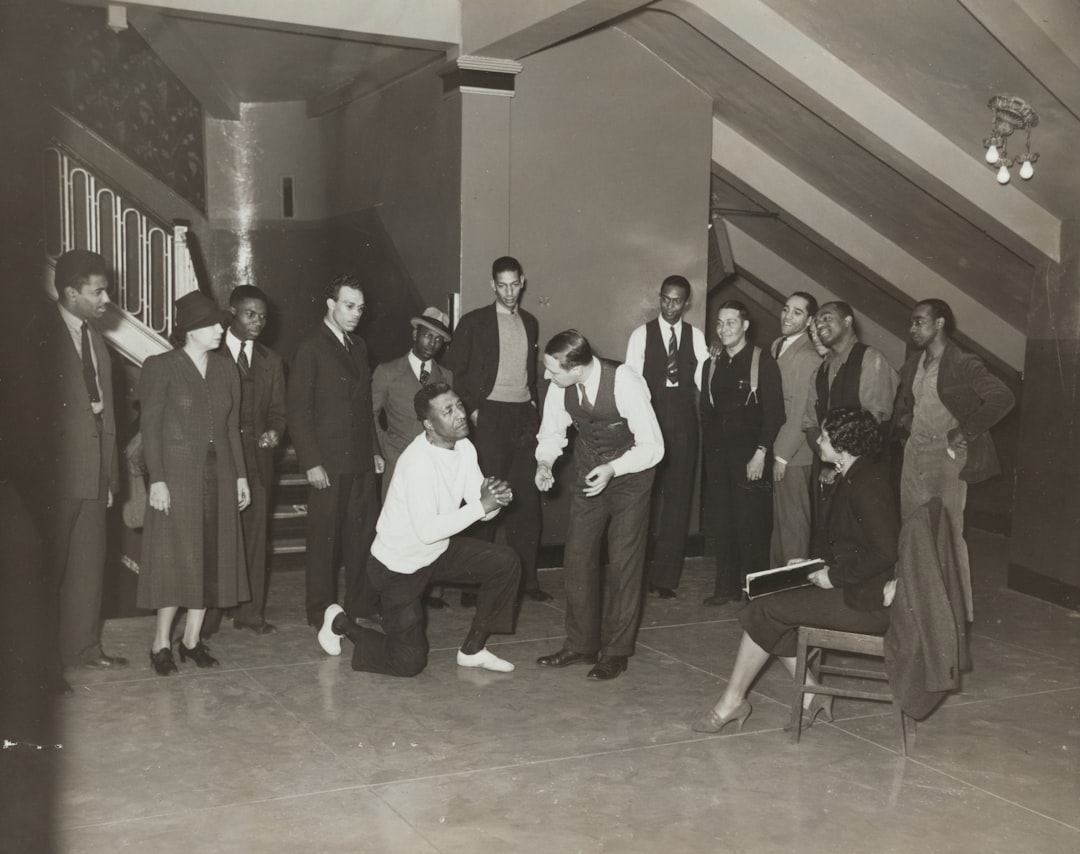
The Charleston, fox trot, and other dance crazes of the 1920s represented more than entertainment – they embodied the decade’s rejection of Victorian social constraints. Dance halls and nightclubs became spaces where young people could express themselves physically and socially in ways their parents found shocking. The popularity of these dances reflected the era’s embrace of African American cultural contributions, though this influence often went unacknowledged. Professional dance instructors became cultural figures, teaching steps that symbolized modernity and rebellion against traditional values. These dances created a shared generational experience that united young people across class and regional lines.
The Harlem Renaissance and Cultural Awakening
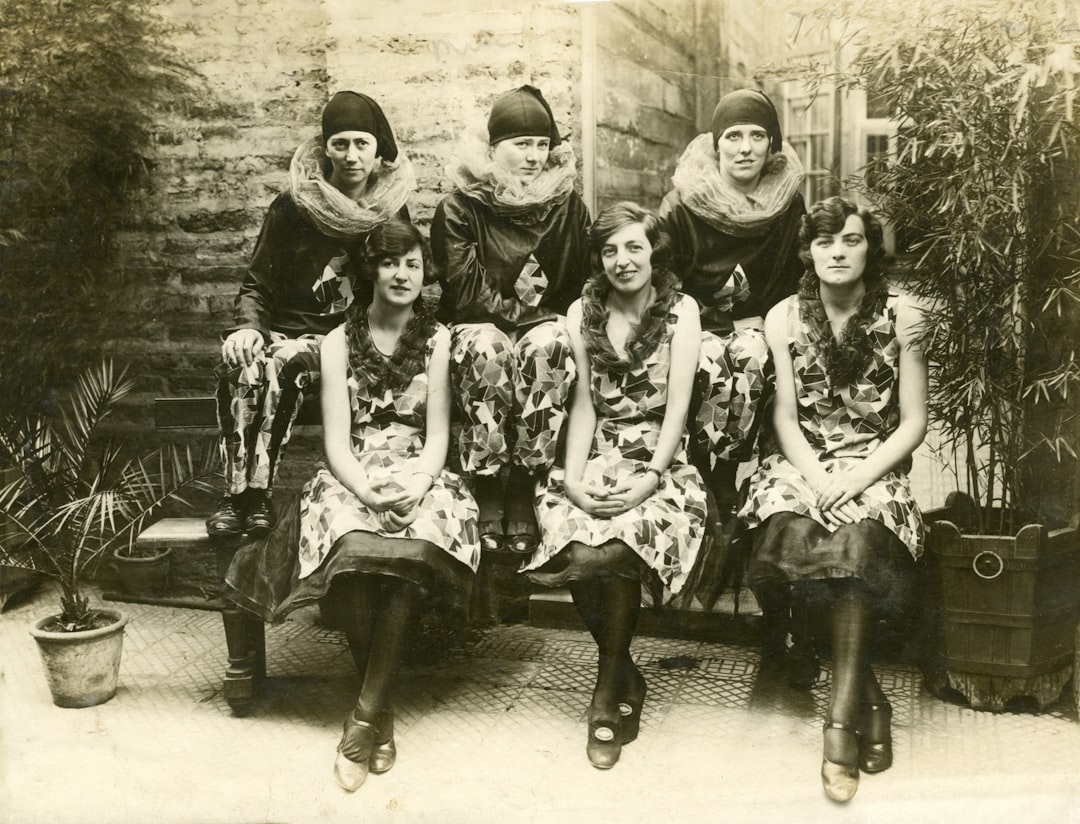
The Harlem Renaissance emerged as a powerful cultural movement that celebrated African American artistic achievement and challenged racial stereotypes through literature, music, and visual arts. Writers like Langston Hughes, Zora Neale Hurston, and Claude McKay produced works that explored Black identity and experience with unprecedented sophistication and pride. The movement attracted white patronage and audiences, creating complex relationships between artistic expression and commercial success. Harlem’s Cotton Club and other venues became destinations for both Black and white audiences, though often under segregated conditions. This cultural flowering laid important groundwork for the civil rights movement while producing artistic works that remain influential today.
Technology and the Modern Household
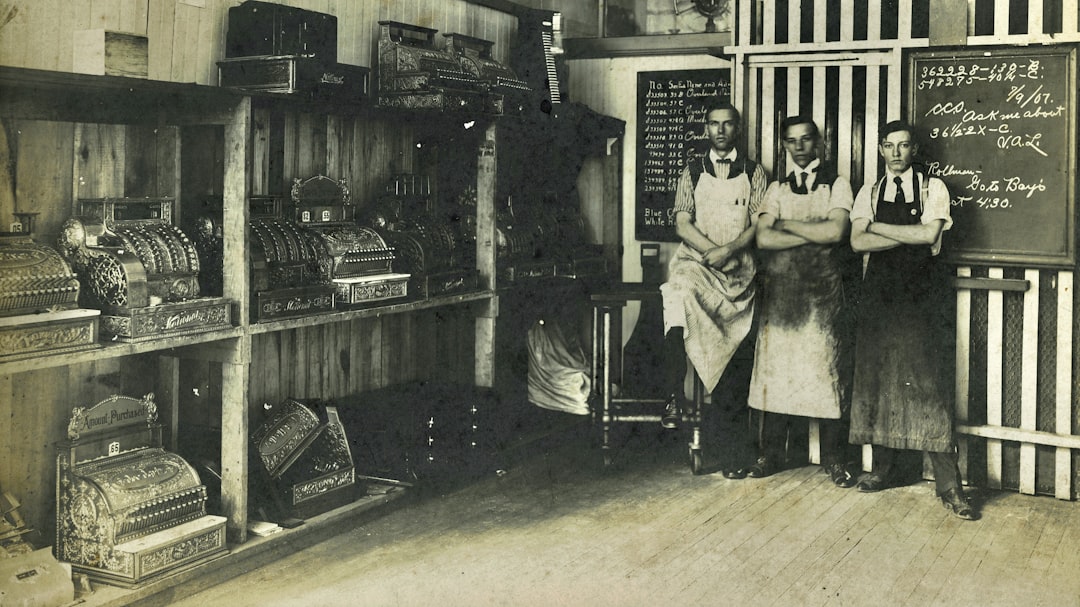
The 1920s introduced labor-saving technologies that transformed domestic life and women’s daily experiences in profound ways. Electric appliances like vacuum cleaners, washing machines, and refrigerators became standard in middle-class homes, reducing household labor time significantly. The number of homes with electricity increased from 35% in 1920 to over 70% by 1930, enabling these technological advances. These innovations promised to liberate women from household drudgery, though they also created new standards of cleanliness and domestic management. The decade’s technological optimism reflected broader cultural beliefs about progress and modernization that would be tested by the coming economic collapse.
Fashion and the Democratization of Style
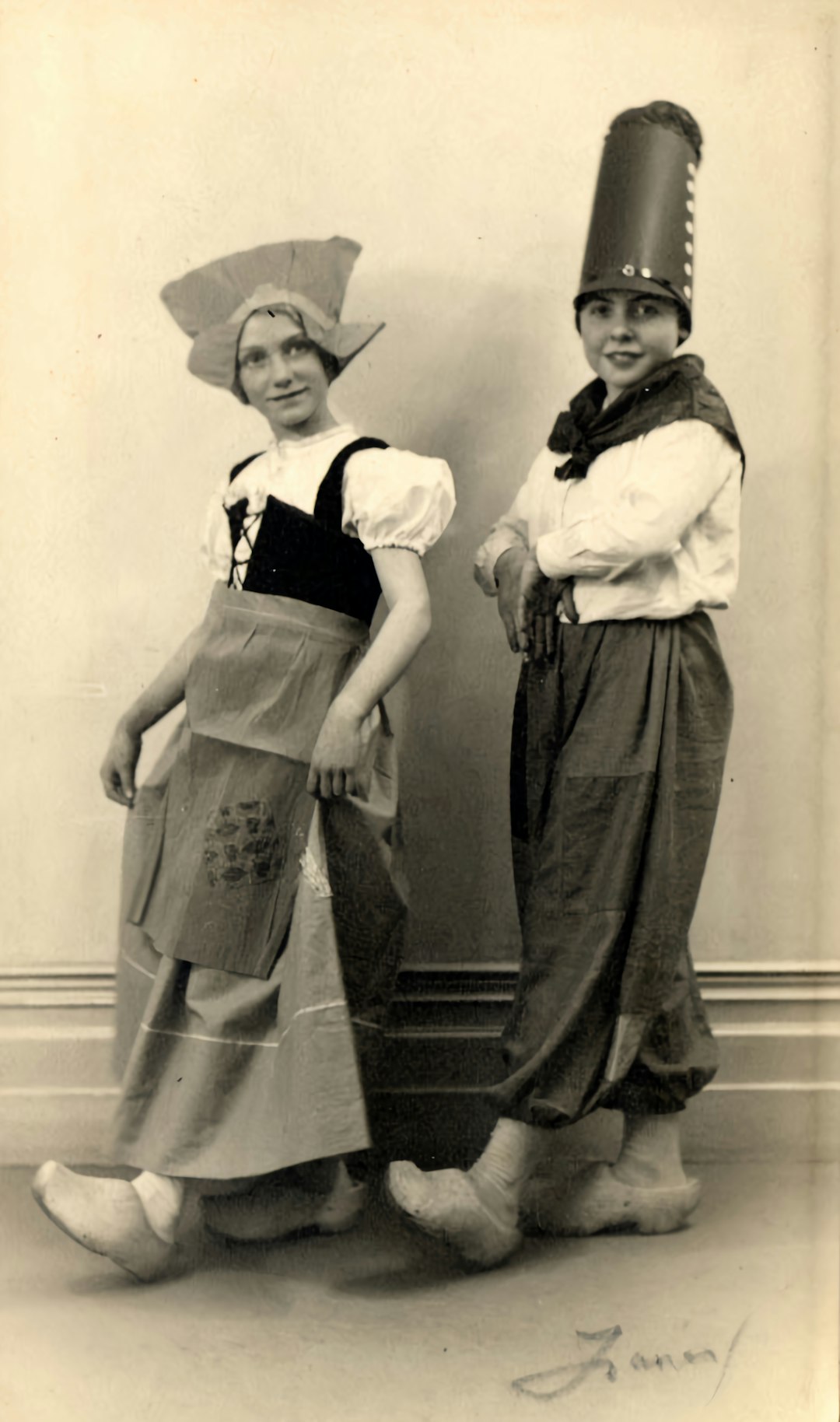
The 1920s fashion revolution made stylish clothing accessible to ordinary Americans through mass production techniques and new retail strategies. Department stores like Macy’s and Sears introduced ready-to-wear clothing that mimicked high fashion at affordable prices, democratizing style across class lines. Women’s fashion underwent the most dramatic changes, with hem lines rising and silhouettes becoming more athletic and practical. The beauty industry exploded during the decade, with cosmetics sales increasing by 300% as makeup became acceptable for respectable women. Fashion magazines like Vogue and Harper’s Bazaar gained massive readerships, creating national style standards that influenced how Americans presented themselves to the world.
The Roaring Twenties created the template for modern American culture through innovations in entertainment, technology, and social behavior that continue to influence our world today. The decade’s emphasis on consumption, celebrity, and mass media established patterns that define contemporary life, while its social rebellions challenged traditional authority in ways that paved the path for future cultural revolutions. What aspects of 1920s culture do you recognize in your own daily life?


